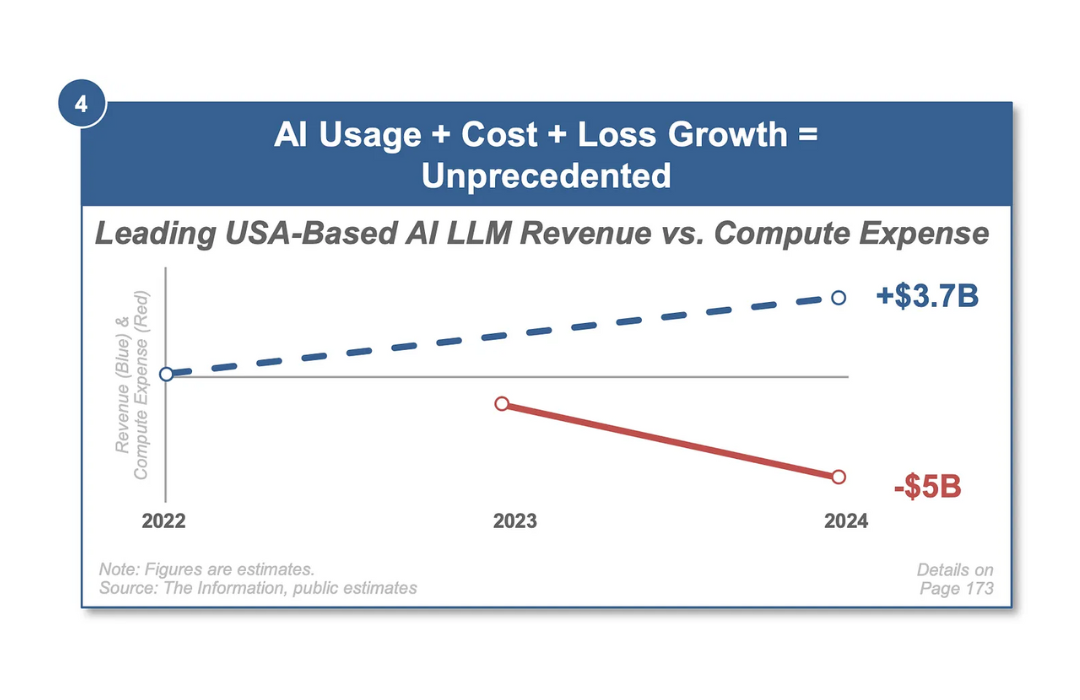As an SDR who worked his way through the ranks to run a team, I have constantly learned to explore the gray area of when to turn a lead over to the next stage. There is a place just past setting meetings, and right before passing over a fully qualified opportunity, that presents the perfect chance to pass a lead. If you get this right, you will be able to have high velocity and high quality in your opportunities.
There are a lot of things you should avoid saying during a conversation with a prospect, and there are other things you should remove from your vocabulary altogether. But what are the things you should be saying? Which questions should you be asking as a salesperson?
Throughout my career, I have found that being honest and genuinely curious about your prospects will help you convert the right leads and disqualify the leads that aren’t right for your sales pipeline.
A strict call script constrains an SDR’s ability to guide a conversation with a prospect and uncover what is most important to them. But the following five prompts can serve as a way to qualify prospects after the conversation begins.
Prompt 1
“Explore your company’s current challenges with me.”
Buying is an emotional experience, and sales professionals need to understand the pain a prospect is experiencing in order to cure it. We have heard time and again that listening is more important than talking in sales, but if you want your prospect to open up to you, you have to become a psychologist of sorts.
By digging into the challenges a buyer is experiencing and establishing that you will listen to the issues they have, you set the tone of the conversation. If your solution is aligned with their challenges, you can dig deeper.
However, you need to have genuine curiosity for the prospect as you find out more about their challenges. You aren’t trying to sell them your product yet – you are trying to get them to open a dialogue with you and trust you.
Follow-Up Question: If you were to do nothing to face your challenges, what would be the outcome? What challenge consumes most of your time?
Prompt 2
“Tell me more what your current priorities are for the company.”
Once you establish the challenges, you need to understand what the prospect company’s priorities are. If your solution lines up with both their challenges and priorities, make sure your excitement does not get the best of you. Take time to learn about how they got to the state they are in, and what they are doing today to solve those issues.
Overeagerness could kill your chance to move the prospect to the next stage of the sales process. Once you start to pitch your product, you can’t hit a reset button on the conversation. You will not have another chance to ask these questions, so be sure that you’ve identified the best solution for them.
Asking about a prospect’s priorities is important because they likely have time and resources allocated to solve them. If you offer a new solution that doesn’t solve one of their priorities, you will likely have a pretty long sales cycle.
Follow-Up Question: What is your timeframe to fulfill each of your priorities? What might happen if you don’t meet that timeframe?
Prompt 3
“Walk me down the path of how your company typically purchases a solution.”
This question serves several purposes. First, it establishes whether the person you are speaking with has actual decision-making ability. If they are unable to talk you through a decision-making process, they are unlikely to be a stakeholder in that process.
Second, this question gets the prospect to think through who else is involved in the process of buying your solution. This will make it easier to follow up with questions about who else you need to speak with, or should be involved.
Finally, this question shifts the conversation to a buying conversation. If you have a prospect’s interest, they will start to ask buying questions. You will then be able to better determine whether they are truly interested in what your solution does. A prospect is unlikely to engage with this type of questioning if they have no interest at all.
Follow-Up Question: Who else is affected by this kind of decision? Who else is involved allocating budget for a solution like ours?
Prompt 4
“Help me understand how your company currently addresses [problem].”
This is when the conversation gets a bit further into the weeds, but it helps you stay out of features and keeps the prospect thinking. Your conversation should be purely about creating dialogue, and adding enough value that they want to continue.
Taking time to understand a prospect’s current state gives you the ability to paint a picture of what that current state could be instead. You can never claim to be an expert on their business, but you are the expert on what your solution does.
The best SDRs take what they learn from prospects and give a prospect a vivid picture of a likely outcome with words alone. However, you cannot help the prospect understand where they can go without first understanding where they are today and how they got there.
Follow-Up Question: What’s your ideal state? How would you define success?
Prompt 5
“Is your calendar open Tuesday at 11 a.m. for a brief chat with one of my Account Executives?”
One of the biggest challenges for SDRs today is asking for the meeting. If you have guided the prospect through a set of questions like this, you have earned the right to ask for a meeting.
Your questions or statements must be direct and specific. By giving a prospect a set time, you are requiring them to access their calendar to see if they are available.
By giving them one set time, they will likely respond with an alternate time on their calendar. If you ask what time works best during the upcoming week, they can say “This week doesn’t look so good” and your call is now at minimum two to three weeks out. With that much time, the chance of a no-show goes up even higher.
Follow-Up Question: Did you receive my calendar invite? Would you mind connecting on LinkedIn to stay in touch professionally?
Successful SDRs need to be nimble and guide the conversation, no matter what roadblocks and rebuttals come up. As you begin to talk to prospects, show empathy with whom you are calling, then take time to truly get to know them. Build rapport up front, and make them feel comfortable and intrigued enough to start asking you questions.
After qualifying a few dozen leads, you will start to build your own style and sets of questions that will signal when it is time to move a lead to the next step.







